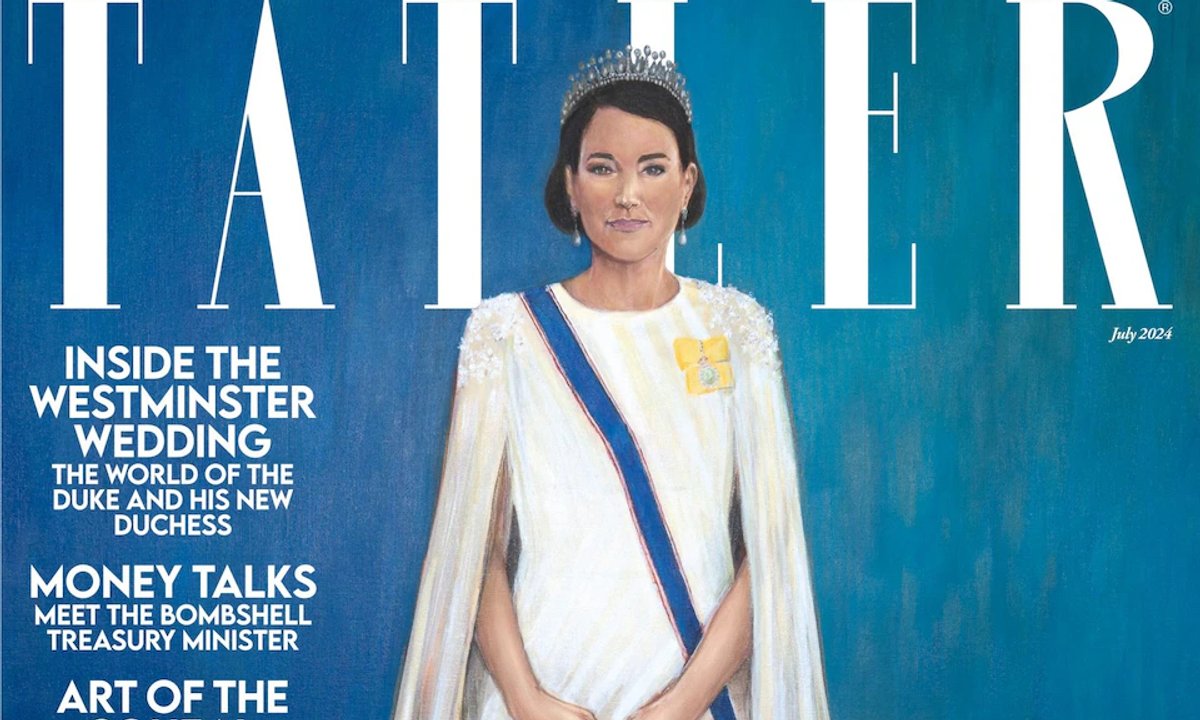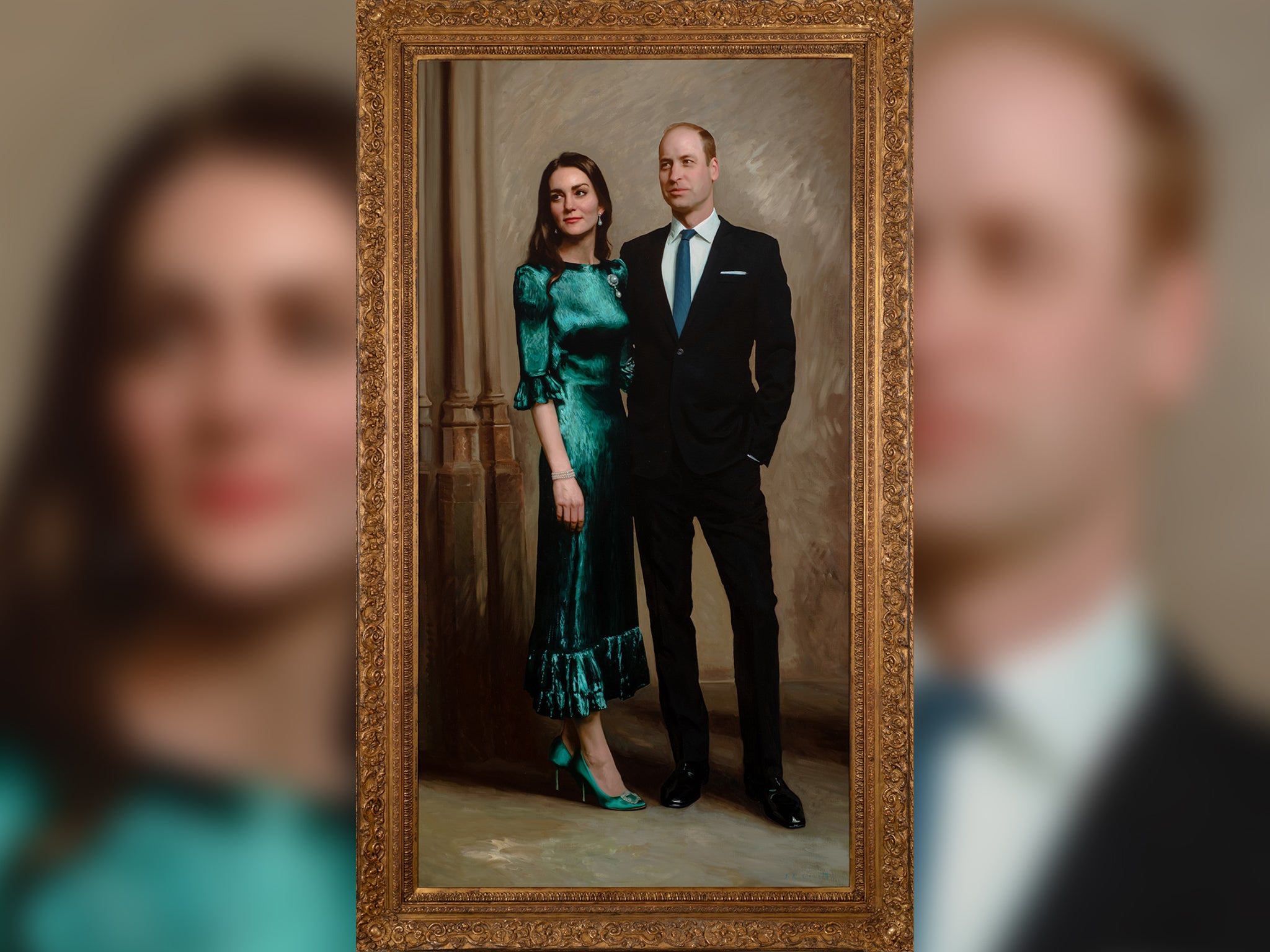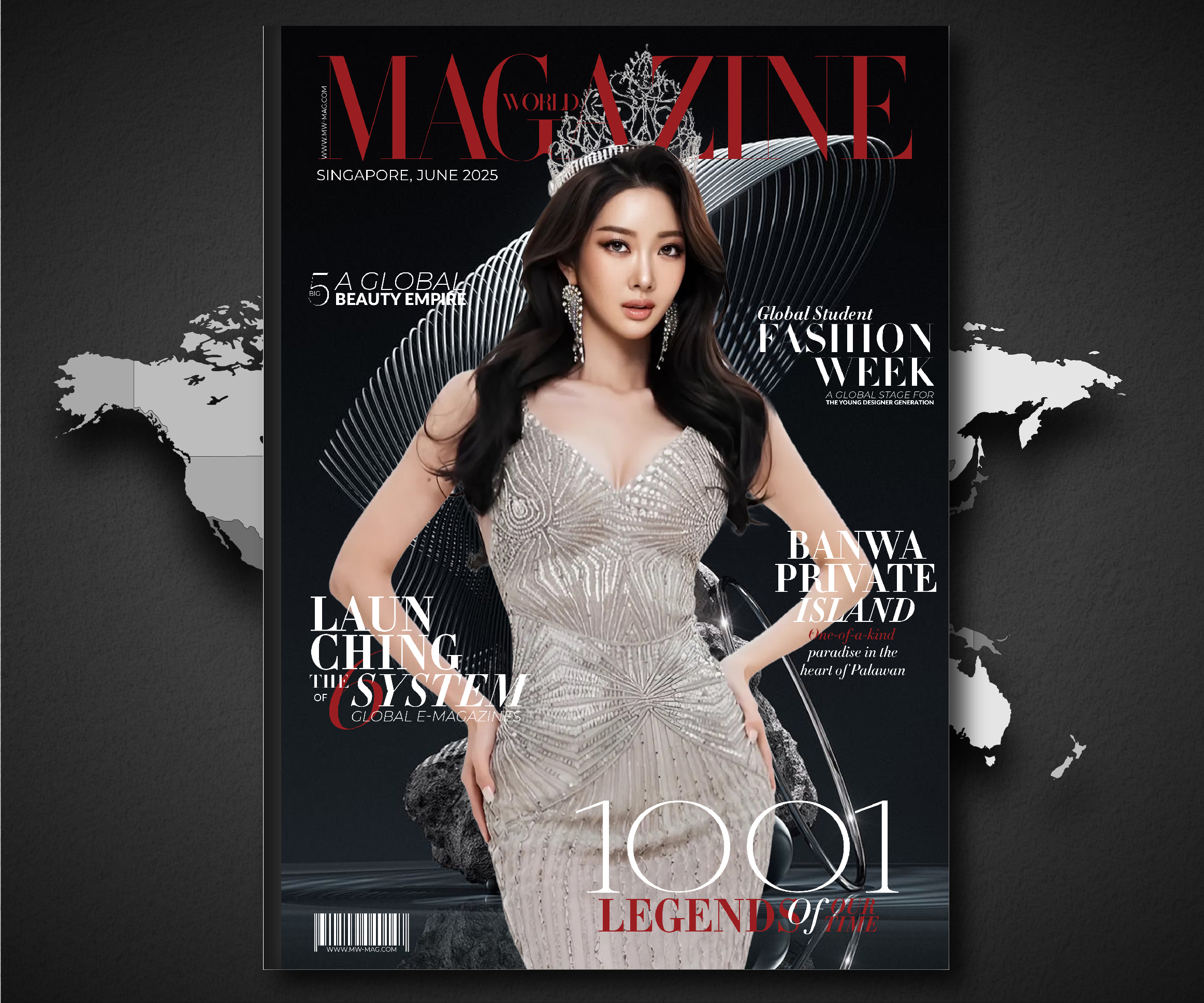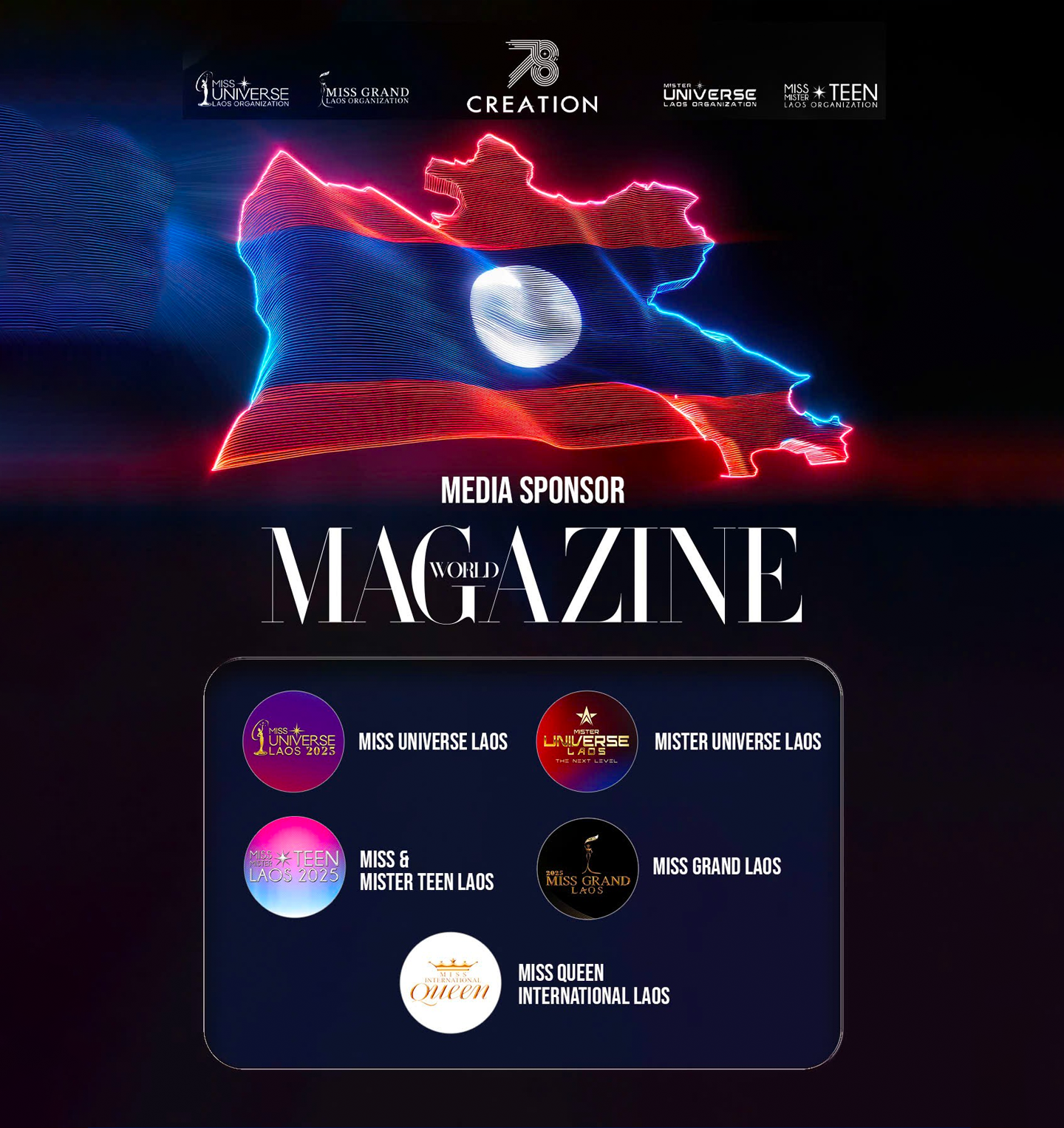The unveiling of a new royal portrait is invariably an event of national significance, yet in the age of instant online critique, it has become less a celebration of art and more a catalyst for global debate. Following the controversy that engulfed King Charles III’s striking red likeness, attention immediately turned to the latest royal image to go viral: a painted portrait of the Princess of Wales commissioned for the cover of Tatler magazine. Created by British-Zambian artist Hannah Uzor, the work was intended as a tribute to Kate Middleton’s “strength and dignity,” drawing inspiration from her courage in addressing the nation about her health. However, without the benefit of an in-person sitting, and in a climate already sensitive to artistic interpretation, the painting was met with an immediate and ferocious online backlash. Critics largely decried its perceived lack of likeness, transforming what was intended as a stately homage into a powerful symbol of the perennial tension between artistic license and public expectation.
The New Era of Polarizing Royal Likeness
The portrait of the Princess of Wales was not an isolated artistic statement but the final piece of a noteworthy royal triptych conceived by Tatler magazine. This series, featuring portraits of the late Queen Elizabeth II and King Charles III in previous years, aimed to create a modern artistic record of the monarchy’s central figures. The commission arrived at a particularly fraught time for royal imagery, coinciding with the highly publicized debate surrounding Jonathan Yeo’s bright red, symbolically charged official portrait of King Charles III. These back-to-back controversies highlighted a profound shift: royal portraiture is no longer primarily judged by the royal court or art critics, but by a vast, global, and often unforgiving digital audience.

This new reality places immense pressure on artists, who must navigate the expectations of historical tradition, the demands of contemporary style, and the relentless scrutiny of social media. The public, conditioned by decades of flawless photography, often expects a level of photorealism that can stifle artistic interpretation or deeper symbolism. In the case of the Princess of Wales, the challenge was compounded by her temporary withdrawal from public duties due to her cancer diagnosis, meaning the artist, Hannah Uzor, had to work entirely from archival material. This reliance on pre-existing images immediately positioned the portrait outside the classical tradition of in-person sittings, inviting critics to question the very authenticity of the likeness.
The resulting portrait, which graced the cover of the magazine’s July 2024 issue, thus became a flashpoint in a much larger discussion about what royal art should represent today. Should it prioritize the subjective vision of the artist, or the objective, familiar features of the sitter? The overwhelming public reaction indicated that for many, a failure to capture a recognizable likeness is the cardinal sin of portraiture, regardless of the artistic intent behind the brushstrokes.
The Artist’s Intent: Capturing the Soul, Not the Snapshot
Despite the controversy, the artist’s stated intent was rooted in profound respect and an ambitious goal: to capture the “soul” of the Princess of Wales, not just a superficial representation of her features. Hannah Uzor undertook an immense preparatory process, acknowledging that she needed to immerse herself in the Princess’s public persona given the lack of a personal sitting. It was reported that Uzor sifted through a colossal archive of images—over 189,000 photographs—in addition to watching hours of video footage of Kate in various settings, including diplomatic visits, family interactions, and charitable work. This meticulous research was a deliberate effort to build a portrait from “layers of a personality.”

Crucially, Uzor confirmed that the Princess’s moving public address regarding her health played a vital role in informing her artistic approach. She viewed the video message as a display of immense “dignity, elegance and grace,” and a “moment of dealing with something difficult,” inspiring her to title the work “The Princess of Wales: A Portrait of Strength & Dignity.” This emphasis on inner character over mere external beauty explains the painting’s stoic, poised composition.
The portrait depicts the Princess in the majestic white, caped Jenny Packham floor-length gown she wore to King Charles III’s first state banquet in November 2022, complete with the Lover’s Knot tiara. This attire was a clear choice to highlight her stature and regal confidence. The canvas’s color palette was also imbued with symbolism: the green-blue wash of the background was chosen as a subtle nod to the Princess’s eye color, her known affinity for gardens, and her love of water sports like rowing. The intention was to create a cohesive work where every element—from the chosen outfit to the background color—contributed to a layered visual biography of the subject, reinforcing the artist’s focus on the essence of the royal role.
The Online Verdict: A Study in Subjective Response
The moment Tatler unveiled the July cover on its social media platforms, the response was swift, widespread, and largely negative, immediately propelling the painting into viral infamy. The criticism was focused almost entirely on the perceived failure to achieve a credible likeness, with countless social media users voicing their confusion and disappointment. Comments ranged from perplexed questions like, “If it’s a portrait of Catherine shouldn’t it at least have looked like her?” to much harsher condemnations.
Art critics were equally polarized. While a few commentators generously labeled the work as “states(wo)manlike,” the mainstream critical response was scathing. One prominent art critic infamously dismissed the painting as “egregiously, intolerably, jaw-hits-the-floor bad.” Social media posts quickly filled with comparisons to “middle school artist masterpieces” or suggesting the work resembled the style of famously amateur celebrity painters. This fierce public reaction underscores the complex relationship between the royal family, the media, and the public’s proprietary feeling over their image. For the digital audience, the portrait’s perceived technical flaws overshadowed its symbolic intentions, transforming it into a moment of collective artistic derision.

When asked about the backlash, Hannah Uzor offered a defiant and succinct response, stating simply that the critics “can do what they want.” This assertion reflects the enduring perspective of many contemporary artists: that their primary allegiance is to their own vision and the canvas, not to popular opinion or external demands for aesthetic conformity. This artistic resolve, however, did little to quell the online furor, solidifying the portrait’s status as one of the most publicly debated royal images in recent history, cementing the idea that for a royal portrait to go viral today, it must be, for better or worse, utterly polarizing.
Beyond Resemblance: Symbolism and Social Commentary
To fully appreciate Uzor’s work, one must look beyond the controversy over facial resemblance and consider the deeper artistic and social commentaries at play. The artist, being British-Zambian, is known for exploring themes of identity and arguing for a greater recognition of the place of people of African descent within British high society. In this context, the portrait can be viewed not merely as an attempt at a photographic replication of Kate Middleton, but as an interpretation of the Princess as a powerful, dignified figure within the diverse tapestry of modern Britain.
The stylized approach, which some critics misread as a lack of skill, could be an intentional move toward a more symbolic, historical, or even illustrative form of painting. Instead of striving for the illusion of life, the artist appears to have focused on conveying an impression of regal stature and inner resilience. The work’s power resides in its ability to generate dialogue, successfully shifting the focus from the Princess’s temporary absence due to health concerns to a forceful, visual representation of her role as a future Queen.
Ultimately, the firestorm around the Tatler portrait highlights the inescapable challenge for any artist depicting a modern royal. Unlike historical figures whose portraits were filtered through centuries of curated perception, contemporary royals exist in an over-exposed digital world where every millimeter of their face is familiar to millions. In this climate, any deviation from photorealistic accuracy is perceived not as artistic freedom, but as a deliberate error. The legacy of Uzor’s work, much like that of Yeo’s portrait of King Charles, will not be defined by its beauty or likeness, but by its undeniable impact on the discourse, proving that in the 21st century, the most successful royal portraits are those that spark the most furious debate.




